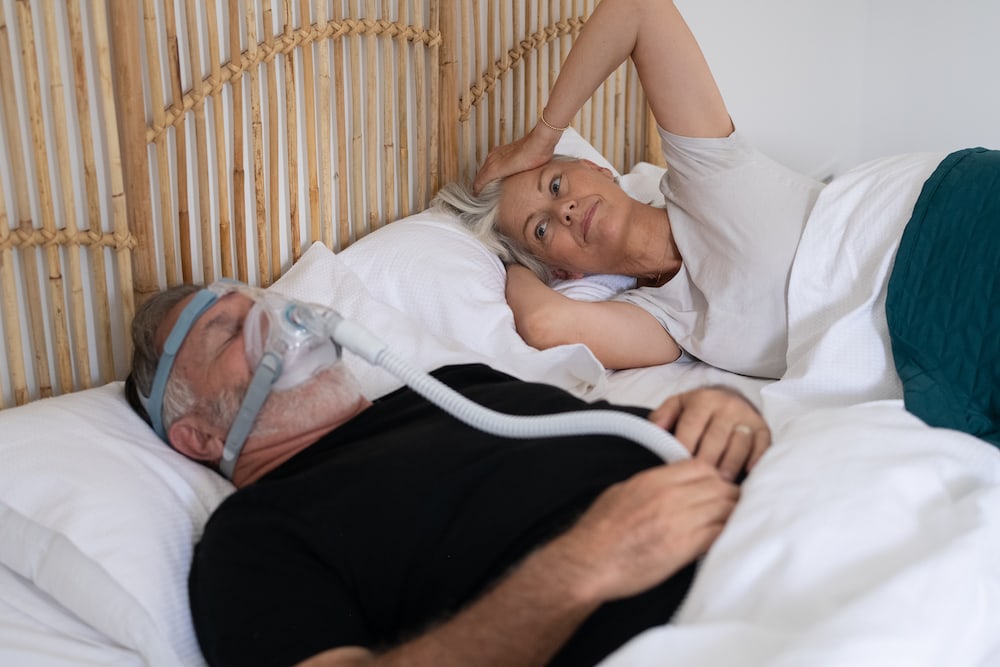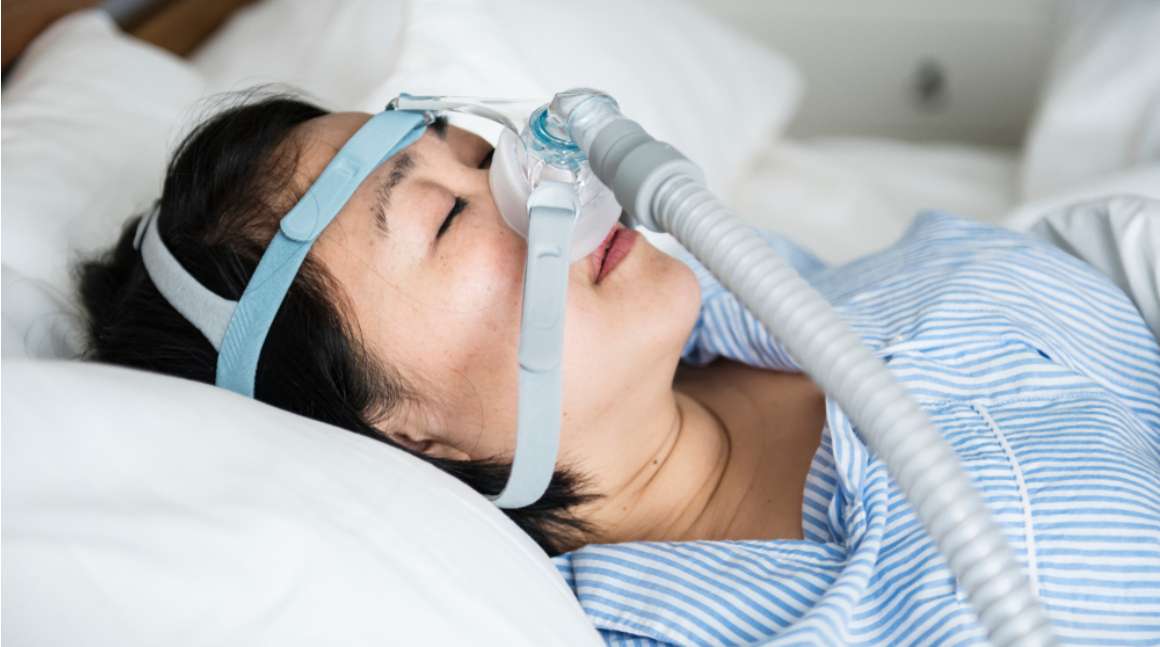Snoring is a common issue affecting millions of people worldwide, and many individuals seek relief through anti-snoring devices. However, there are several misconceptions about these devices that can lead to confusion or misunderstanding. In this general guide, we’ll debunk some of these misconceptions and provide clarity on anti snoring device.
Misconception 1: All Anti-Snoring Devices Are the Same
Reality: There is a wide variety of anti-snoring devices, each designed to address specific causes of snoring. These include tongue stabilizing devices (TSDs), mandibular advancement devices (MADs), nasal dilators, chin straps, and more. The effectiveness of each device depends on the underlying cause of snoring, so it’s essential to choose the right one after consulting with a healthcare professional.
Misconception 2: Anti-Snoring Devices Work Instantly for Everyone
Reality: Anti-snoring devices may take time to show results, and their effectiveness varies from person to person. Some individuals experience immediate relief, while others may require weeks or even months of consistent use. Additionally, the device’s success depends on factors such as the type of snoring and its underlying causes.

Misconception 3: Anti-Snoring Devices Are Uncomfortable to Wear
Reality: Many modern anti-snoring devices are designed with comfort in mind. For example, MADs and TSDs are often adjustable to ensure a comfortable fit. Nasal dilators are made from soft materials to minimize discomfort. While there may be an adjustment period, most individuals adapt to wearing these devices relatively quickly.
Misconception 4: All Anti-Snoring Devices Are Safe
Reality: While most anti-snoring devices are safe for use, it’s essential to choose FDA-approved or medically recommended options. Poorly designed or cheaply made devices can potentially lead to discomfort, dental issues, or other side effects. Consult with a healthcare professional before selecting a device to ensure safety.
Misconception 5: Surgery Is the Only Effective Solution for Snoring
Reality: Surgery is often considered a last resort for severe cases of snoring or sleep apnea. Many individuals find relief from snoring through non-invasive methods like anti-snoring devices, lifestyle changes, or positional therapy. Surgery should only be considered after exploring less invasive options and consulting with a healthcare provider.
Misconception 6: Anti-Snoring Devices Can Replace Professional Evaluation
Reality: While anti-snoring devices can be effective, they should not be used as a substitute for professional evaluation and diagnosis. Chronic snoring can be a symptom of underlying health issues, such as sleep apnea. Consult with a healthcare provider to rule out any serious conditions and determine the best treatment approach.
Misconception 7: Anti-Snoring Devices Are a One-Time Solution
Reality: Snoring can be influenced by various factors, including weight, sleep position, and lifestyle. Anti-snoring devices may provide relief, but long-term management often involves addressing these factors. Weight management, positional therapy, and lifestyle changes may be necessary for sustained improvement.
Misconception 8: Anti-Snoring Devices Are Suitable for Everyone
Reality: Not all anti-snoring devices are suitable for every individual. Some devices may not be recommended for people with certain medical conditions, dental issues, or allergies. It’s crucial to consult with a healthcare professional to determine the most appropriate device for your specific needs.
Conclusion
In conclusion, understanding the facts and dispelling misconceptions about anti-snoring device is essential for those seeking relief from snoring issues. Consulting with a healthcare provider and selecting the right device based on individual needs and causes of snoring can lead to effective and safe results.

